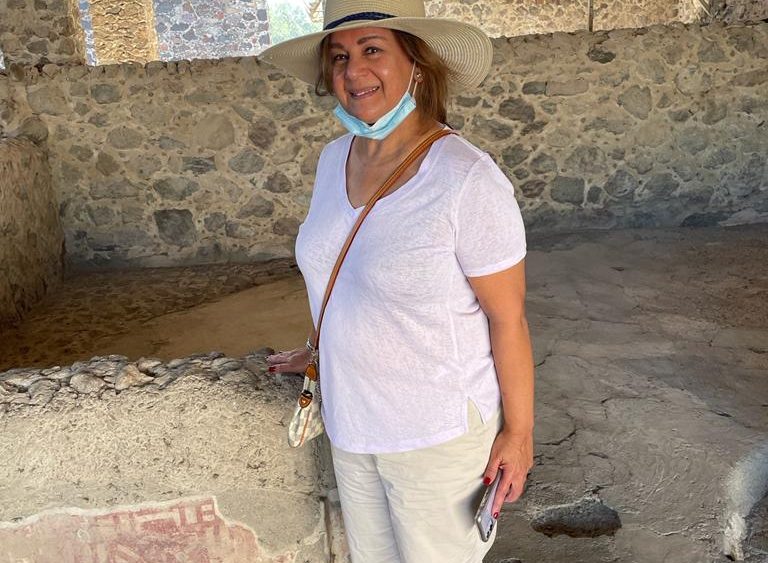Visiting a UNESCO World Heritage Site is an incredible experience. Last December, I visited Teotihuacán in Mexico. The pyramids in all their glorious form were striking. The two main pyramids are known as the Temple of the Sun and the Temple of the Moon. That the Aztec communities worked together and painstakingly laid one stone on top of another was inspiring.

Inspiring because it vividly illustrated the benefit of teamwork and collaboration, where a single goal must have been top of mind. That is not so different from those of us researching in health, is it? Whether we are studying pain receptors or cancer cells, mitochondria or CRISPR technology, our goals are the same: to prove or disprove a hypothesis so that we can learn and then apply what we have learned to improve patients’ lives.
Just a few miles away from Teotihuacán were the remains of communities that housed up to 450 people, if not more. The drawings on the walls illustrated the lives that they lived- how they fished (400 km away), how they worshiped, and how they worked together, building again an impressive structure that had communal areas to share across multiple families.
What really struck me was the engineering and architecture that must have existed thousands of years ago to create these perfectly measured structures.
I could not help but draw parallels to our own scientific experiments. Long gone are the days when it was widely accepted that scientists could present findings that were derived from experiments conducted by themselves. “Scientific rigor” is not a catchphrase or trendy word: it describes the carefully laid-out process that the scientific community has collaboratively agreed to follow before anyone in the community can present their findings for public evaluation.
But to achieve scientific rigor, we must rely on one another. We must collaborate to research. Although we think of ourselves today as civilized and modern, I think we need to remember that everything in nature has evolved and while we have refined a lot from our ancestors, I posit that we still have so much to learn from them.
Research collaboration is the foundation for success. Each pillar we build holds up a structure that helps each family. This is how people work best. Yes, we may benefit from some time alone to collect our thoughts, but we eventually need to work with others again. Why? Because ultimately, with this level of support, we can work toward our true goal in healthcare research: to collectively help accelerate the development of new treatments.






